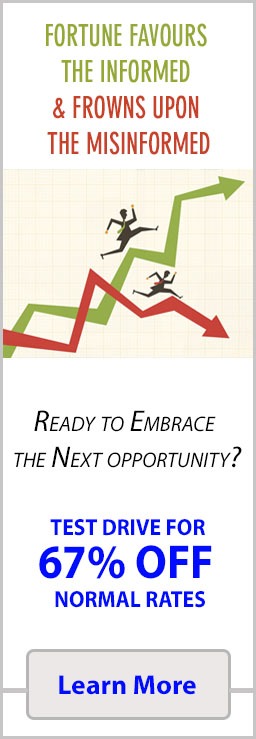
Russian orchestra: Playing For Peace
We thought based on your interests that you would find this article to be enjoyable before we got into the meat of the topic at hand.
As this update is coming on the back of a very recent update, there is not much to be said other than the money on the sidelines continues to grow, politicians continue to behave like morons and individuals continue to wear their emotions on their sleeves. Educated individuals have now descended to the level of apes, possibly even lower and unless you watch the show from a distance you risk being drawn in. So let’s examine a host of random topics today. Investors panicking; Could this mark the end of the Trump Stock Market Trend
So according to the specialists at Lipper, investors panicked and pulled out over $40 billion from equity funds over the past few weeks. This is one of the largest drawdowns since 2016, and we all know how well the masses fared after that wise decision. Now add this data to what we have presented over the past three weeks and as the trend is showing no signs of weakening, it means if the market pulls back you should jump up with the joy and buy; if there is a very strong correction, back the truck up. Trump Stock Market: Will Impeachment Hearings Derail This Bull
Russian Orchestra: Music of Peace
Russian maestro Valery Gergiev on Thursday conducted his orchestra in the ancient theater of Syria’s ravaged Palmyra, only weeks after it was recaptured from the Islamic State’s grip.
The concert brought music to the ancient site that IS notoriously used to hold public executions after it overran Palmyra last year.
The Mariinsky orchestra, where Gergiev is director, “will give a concert ‘Praying for Palmyra. Music brings ancient walls alive’ on the site of the world-famous amphitheatre of Palmyra in Syria,” it said in a statement.
Syrian troops backed by Russian air strikes and special forces on the ground recaptured the UNESCO world heritage site Palmyra from Islamic State group fighters in late March, delivering a major propaganda coup for both Damascus and Moscow.
Russian army sappers said last month that they had cleared the mines from the ancient site — known as the “Pearl of the Desert” — where jihadist fighters blew up ancient temples and looted relics.
Russia Stages Classical Concert in Recaptured Palmyra Amphitheater https://t.co/rYXT3cIBX3 pic.twitter.com/02bSaXWOQk
— Lisa Daftari (@LisaDaftari) May 5, 2016
Gergiev is one of the world’s best known conductors but has faced some criticism in the West for his strongly pro-Kremlin views, with his tours sometimes interrupted by protesters.
The concert in Palmyra will not be the first he has conducted in a place where the Russian military has carried out controversial operations.
In 2008 the Ossetian-native conducted a concert in Tskhinvali, the main city in separatist Georgian region of South Ossetia that was heavily damaged in the short Russian-Georgian war that year.
Other stories of Interest
the Level Of Investments In A Markets Indicates
How to win the stock market game
Next stock market crash predictions
what happens if the stock market crashes
Stock Market Forecast For Next 3 months


